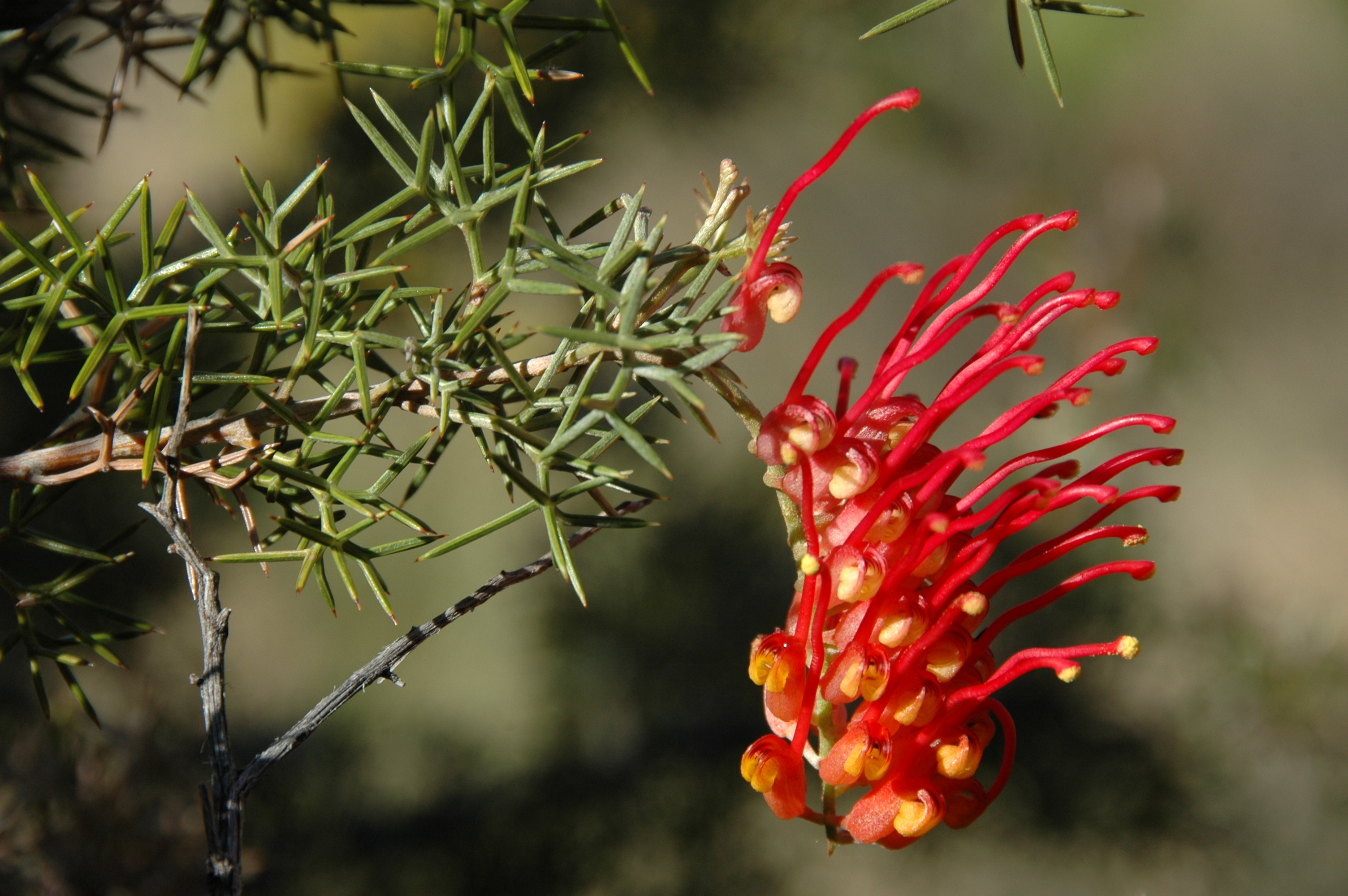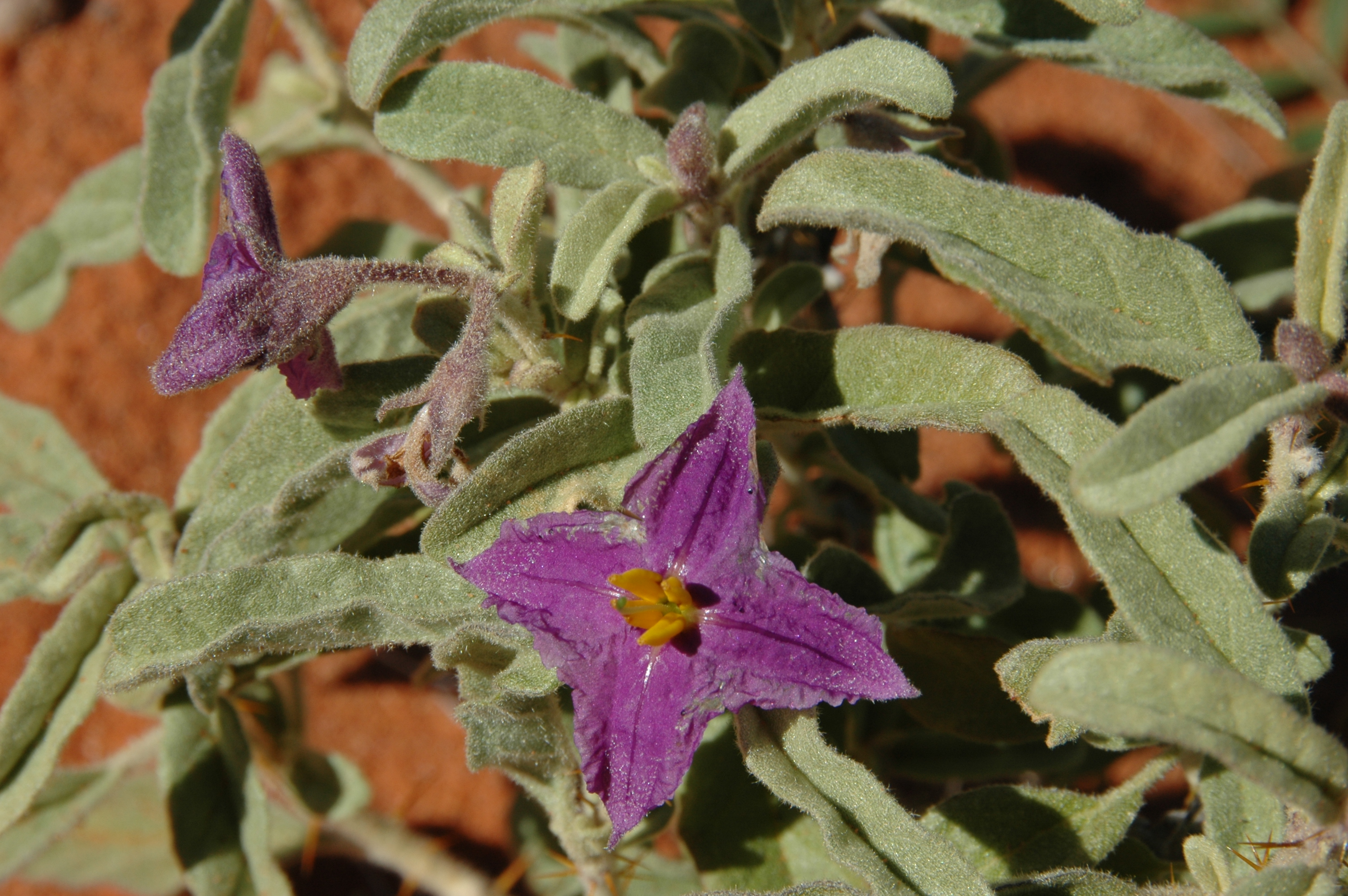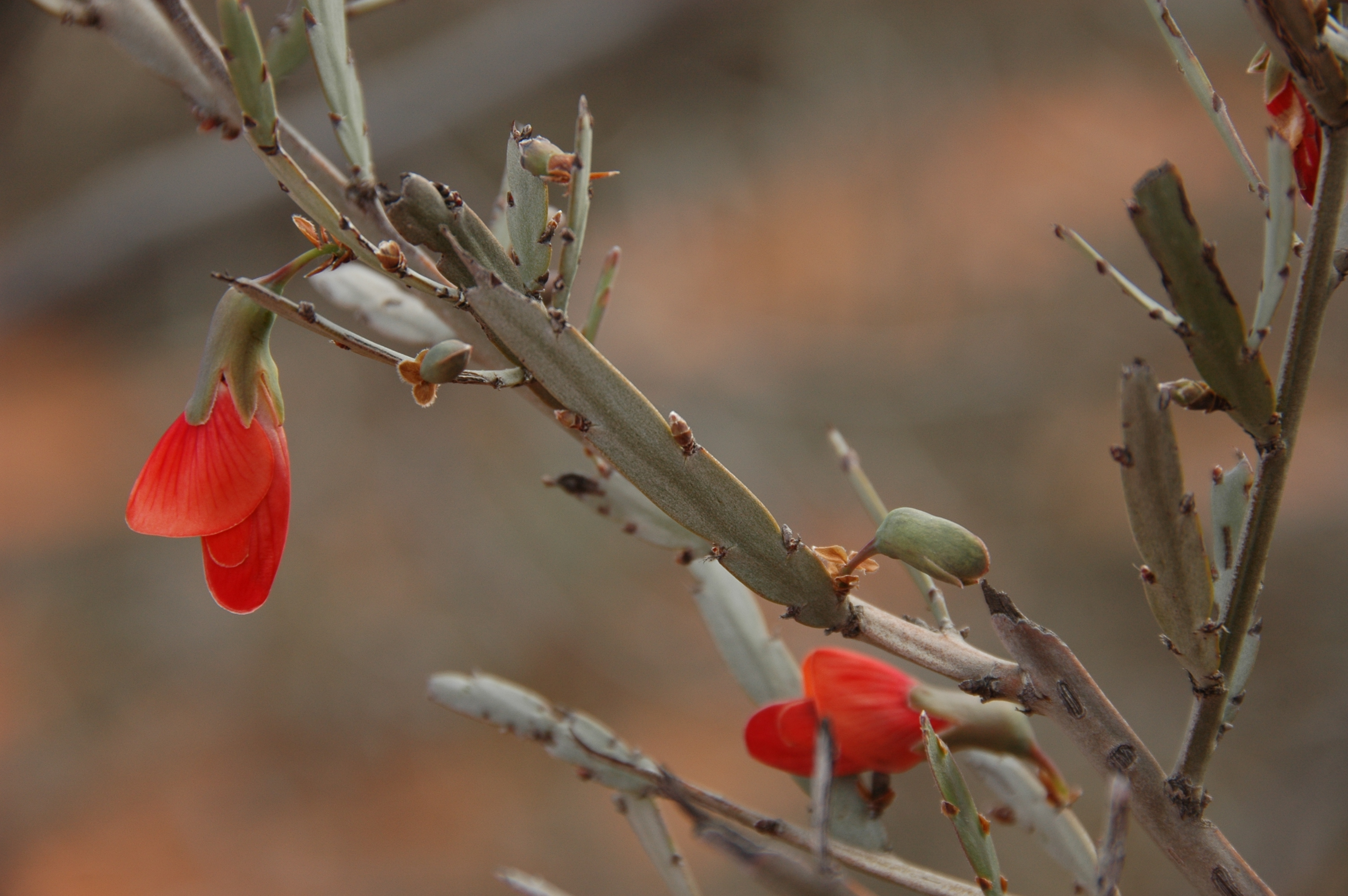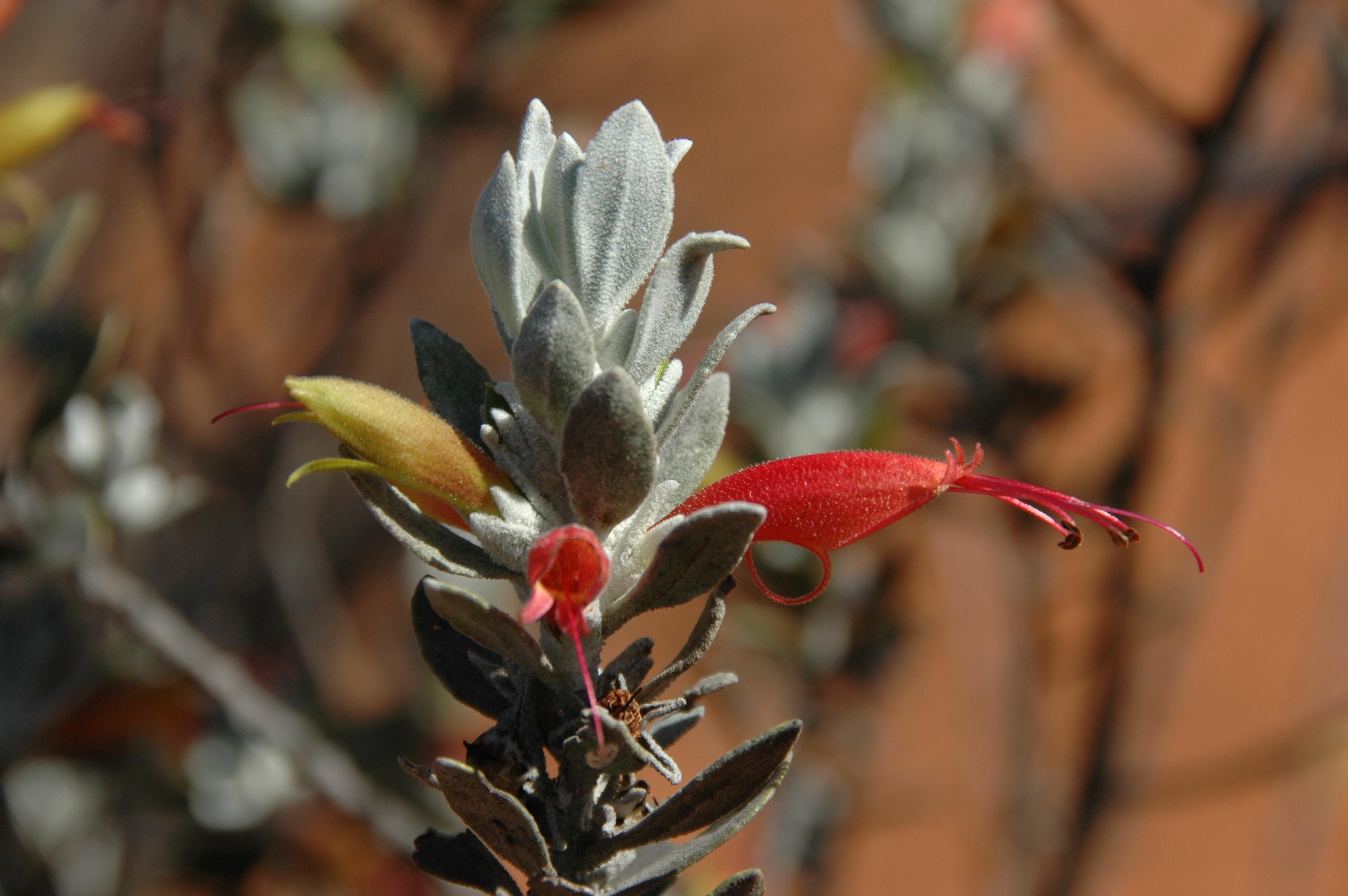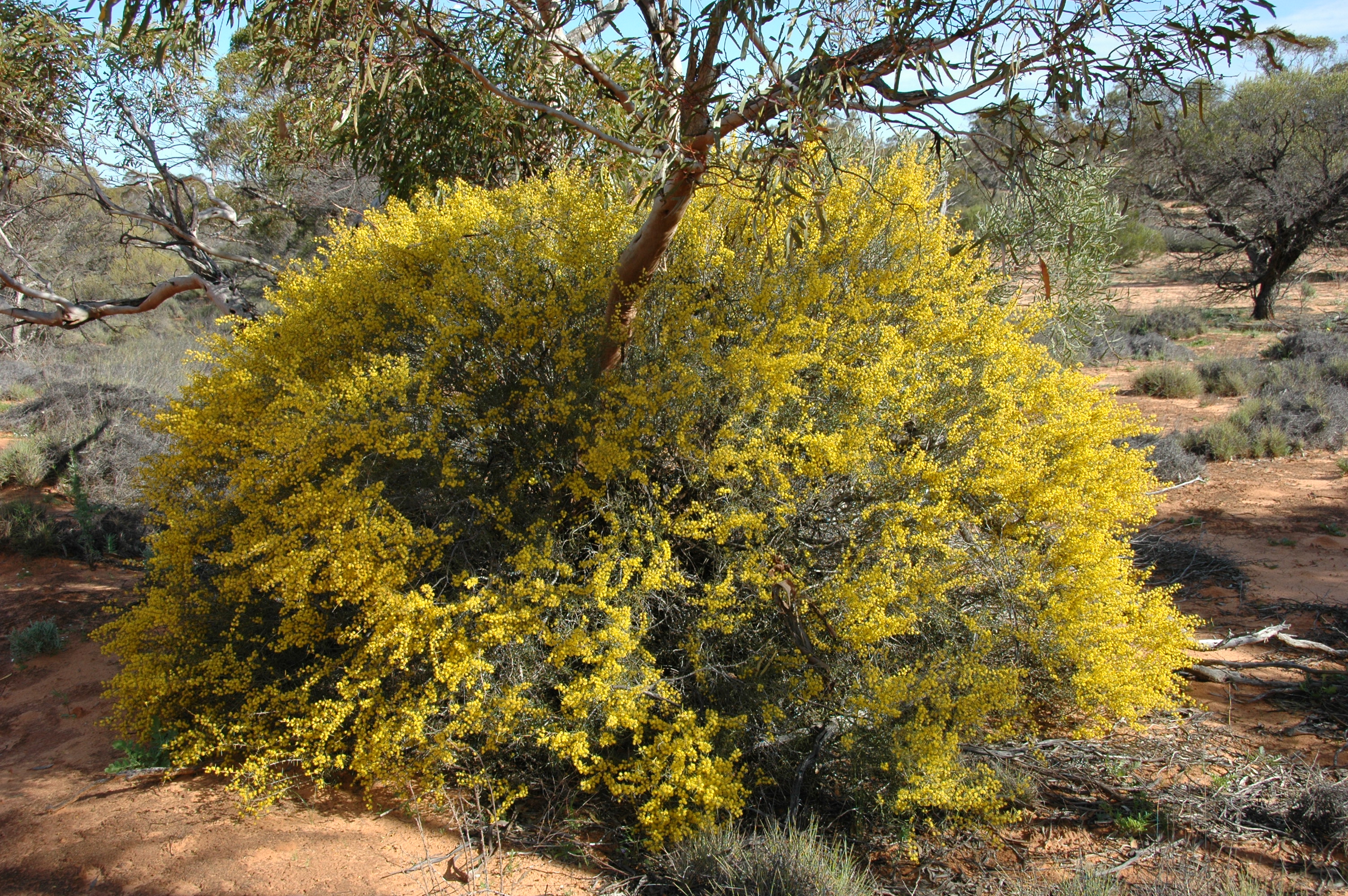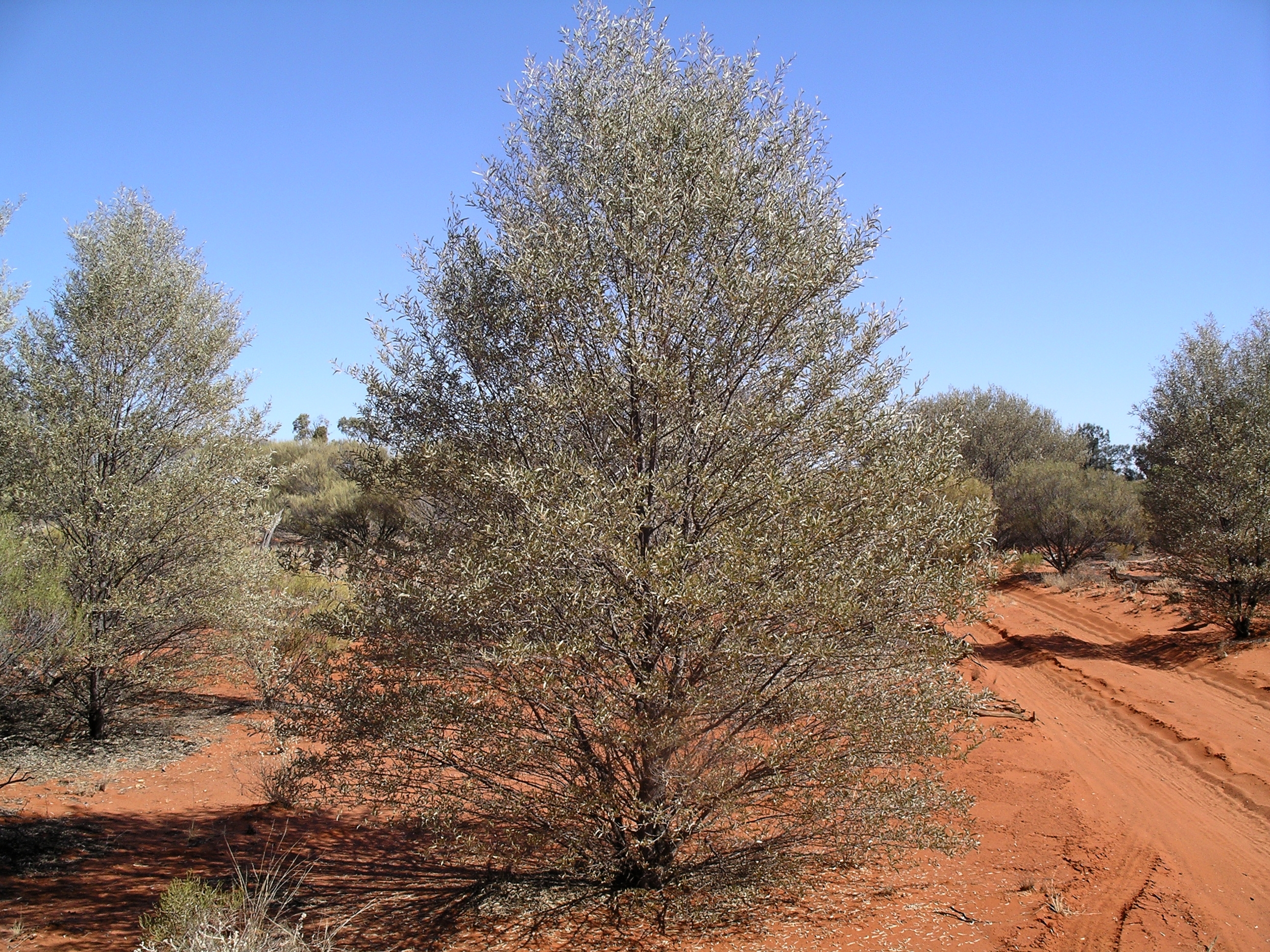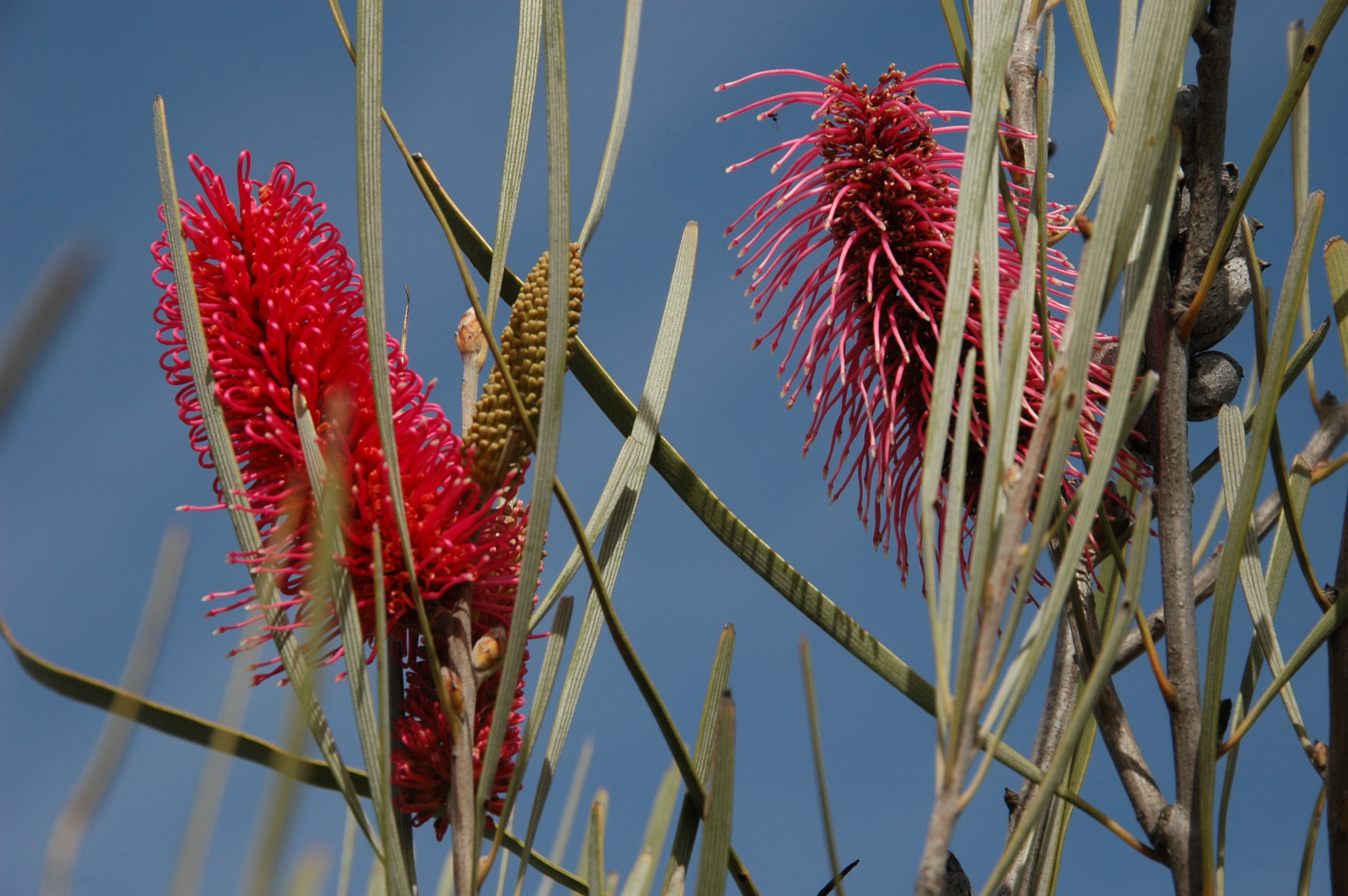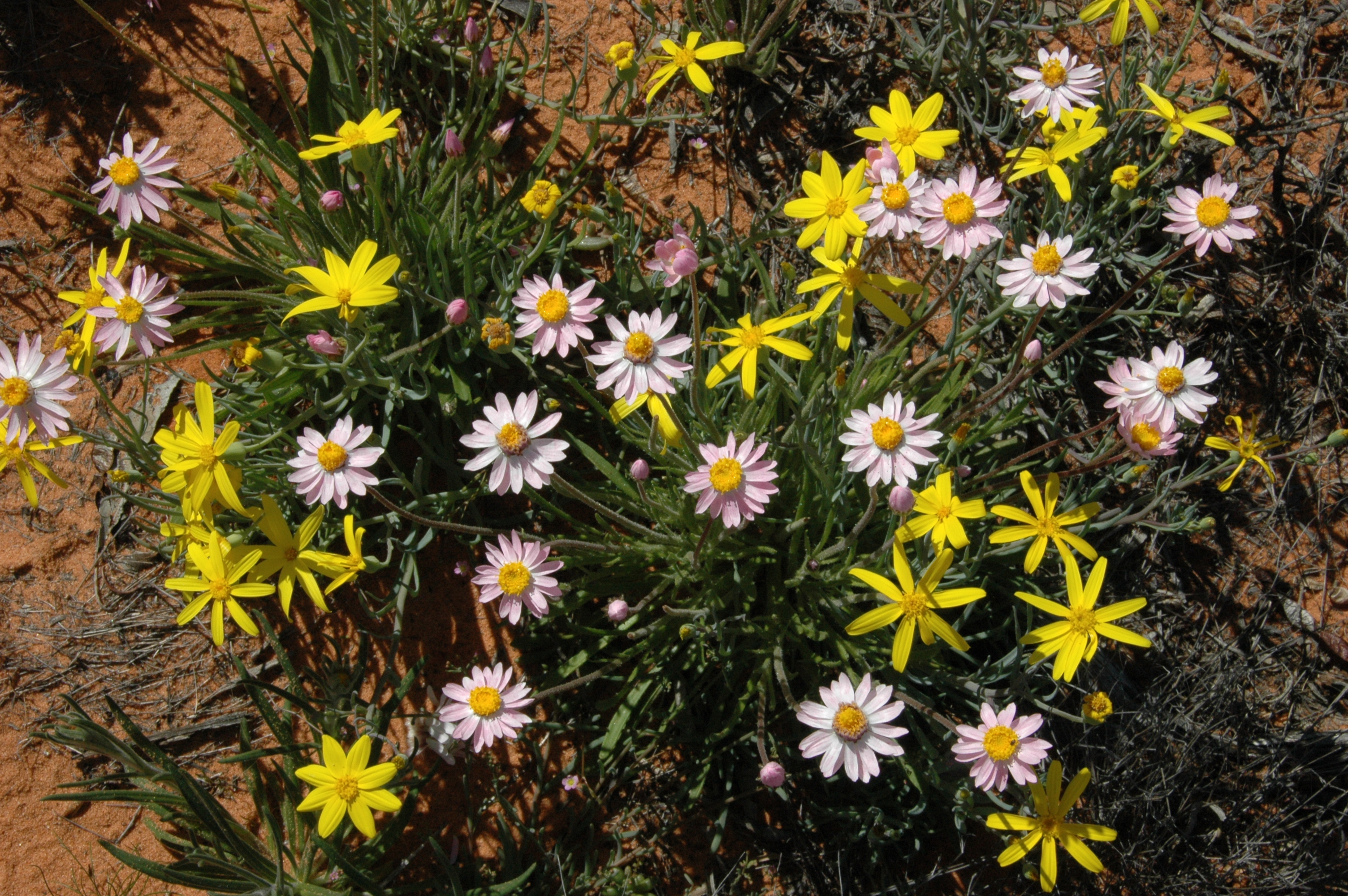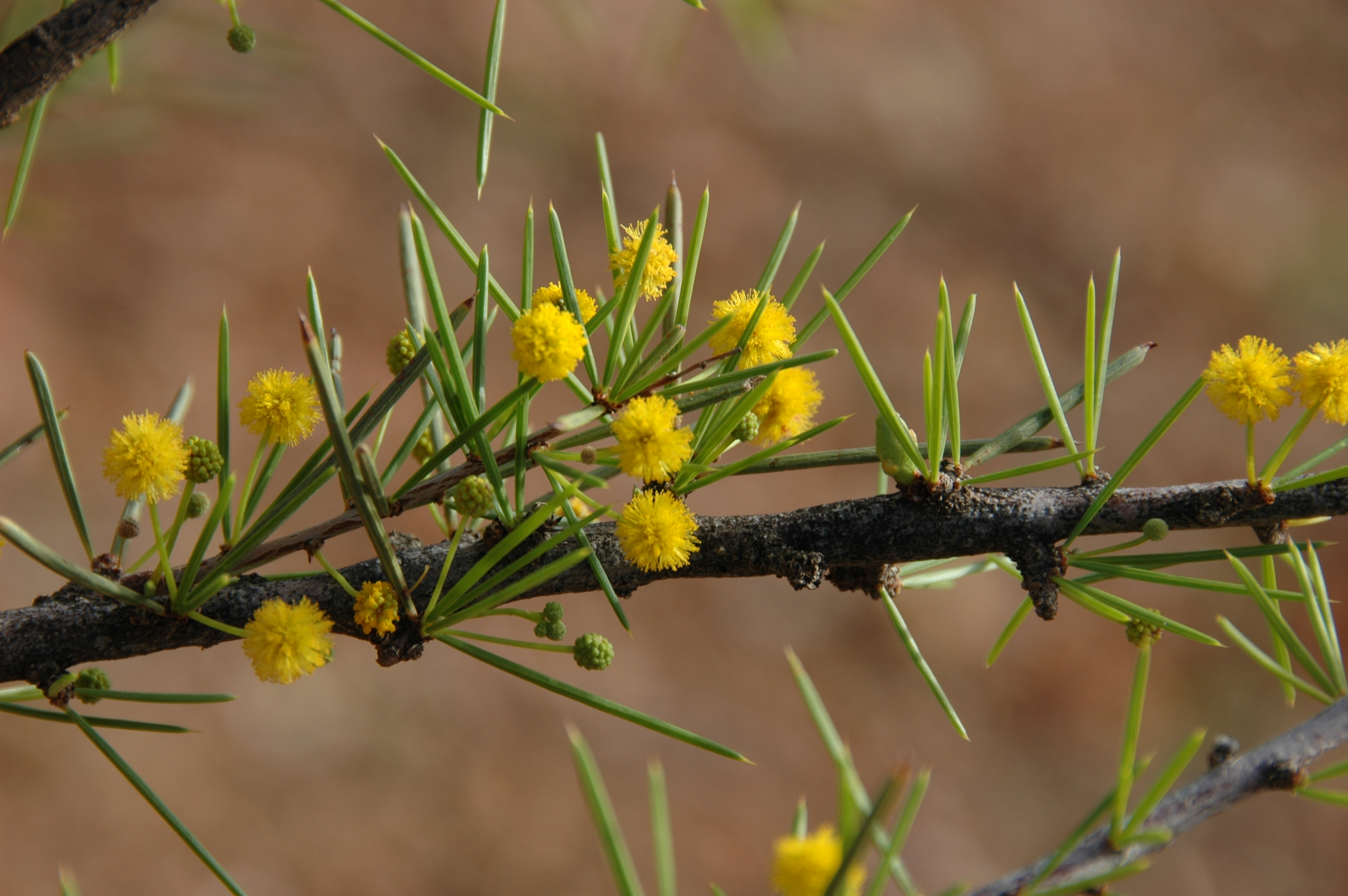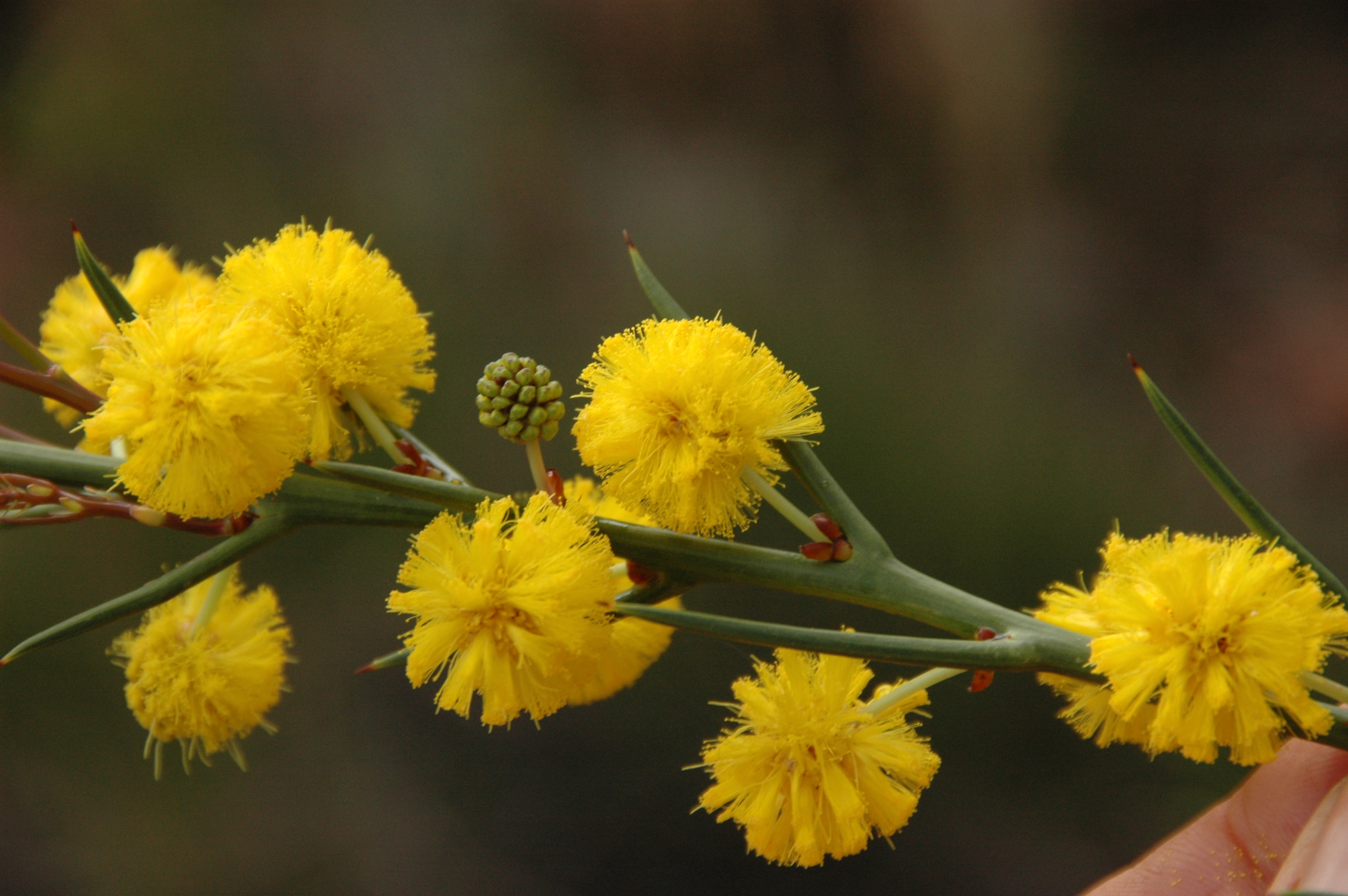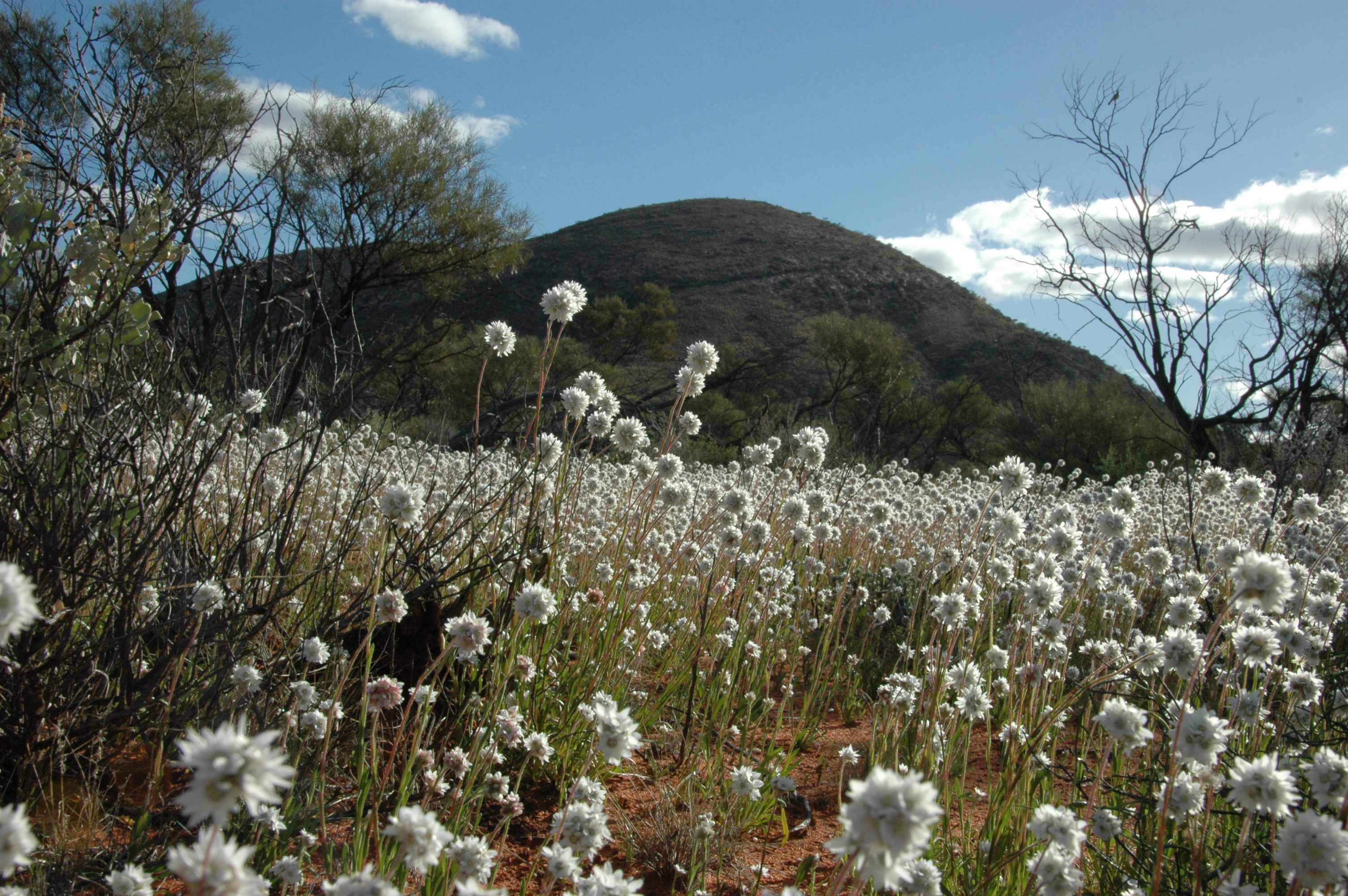FLORA
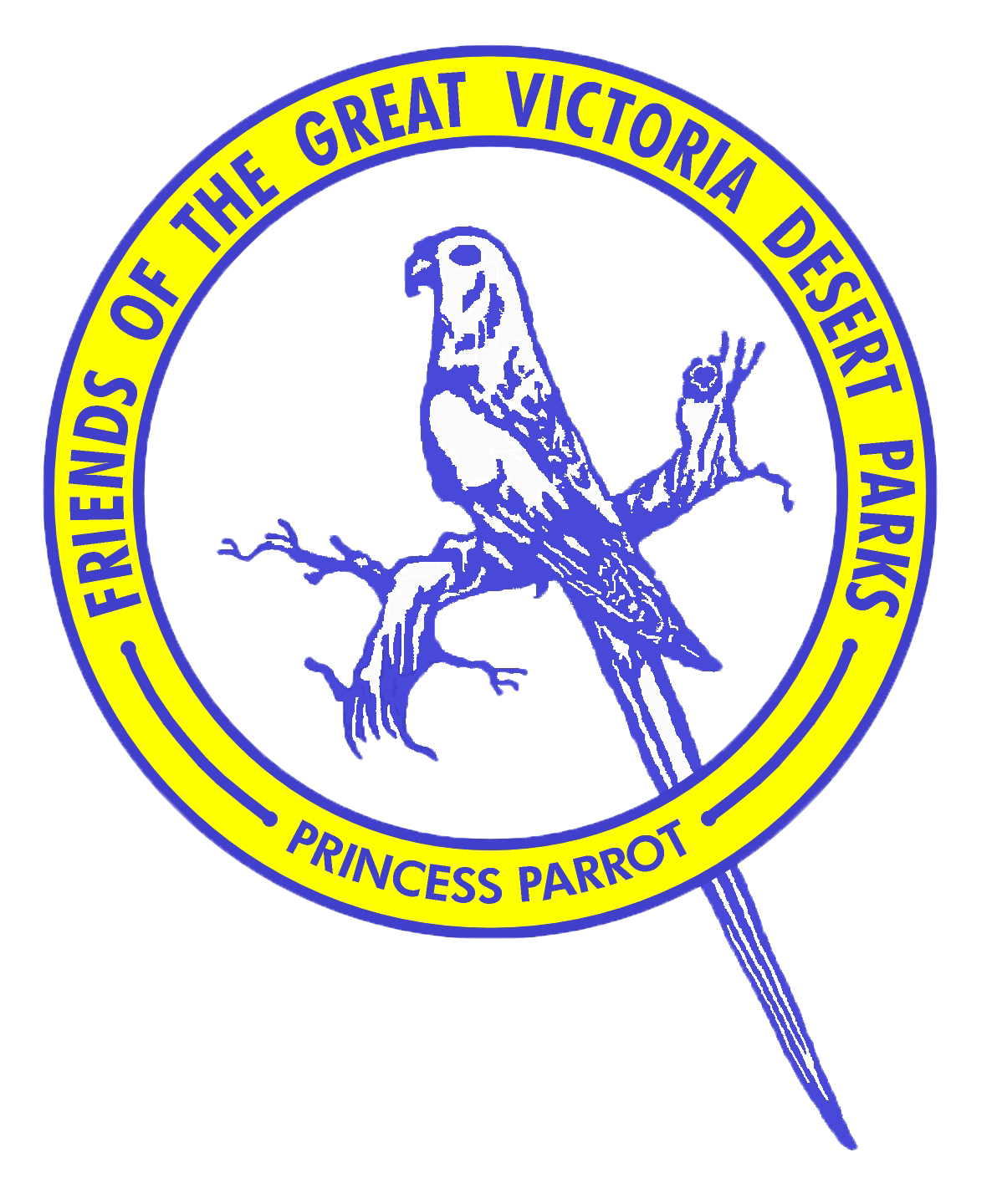
FLORA
The Great Victoria Desert is an area of substantial botanical diversity and beauty. It boasts several stately trees and hundreds of wildflower species have been recorded.
Some of this diversity is displayed in the slideshow below. Hover the cursor over an image to freeze the slideshow.
Our Yarldarlba (Ooldea mallee) page has photos and information on this spectacular flowering gum tree.
The Friends’ Botanical Work
From the mid 1990s to the early 2000s, the Friends collected plant specimens for the State Herbarium of South Australia on an opportunistic basis. These specimens were identified and archived by herbarium botanists. A duplicate set in two plastic crates was kept by the Friends and named the “Hilda Hewitson Herbarium” to honour Hilda, the driving force behind these collections. The crates hold over 250 plant specimens and are housed at the Arid Lands Botanic Garden in Port Augusta.
For about 10 years from the early 2000s, the Friends undertook more formal plant surveys on one-hectare plots identified by the State Herbarium. Hundreds of specimens were recorded and collected for the herbarium’s major botanical database. Unfortunately, funding cuts to the herbarium have meant that this material can no longer be processed and we have discontinued this work.
However, for many years we have also been photographing the vegetation at set points in three sections of the South Australian part of the GVD – the Googs Track area, the Mamungari area and around Maralinga. We generally get to one of these sections every year, so the recording of each photopoint is done every three years. These records are supplied to the Herbarium and they now fill several DVDs.
More recently we have supported research projects recording marble gum (Eucalyptus gonglyocarpa) distribution and the use of marble gums by the Wipu Wara (Princess Parrot). We have also provided substantial support for a project investigating camel damage to the desert vegetation.
The South Australian Department of Environment and Water’s new NatureMaps website allows plant lists to be compiled for various areas of the state, using SA Herbarium data. A list generated for the Mamungari Conservation Park can be viewed here.
